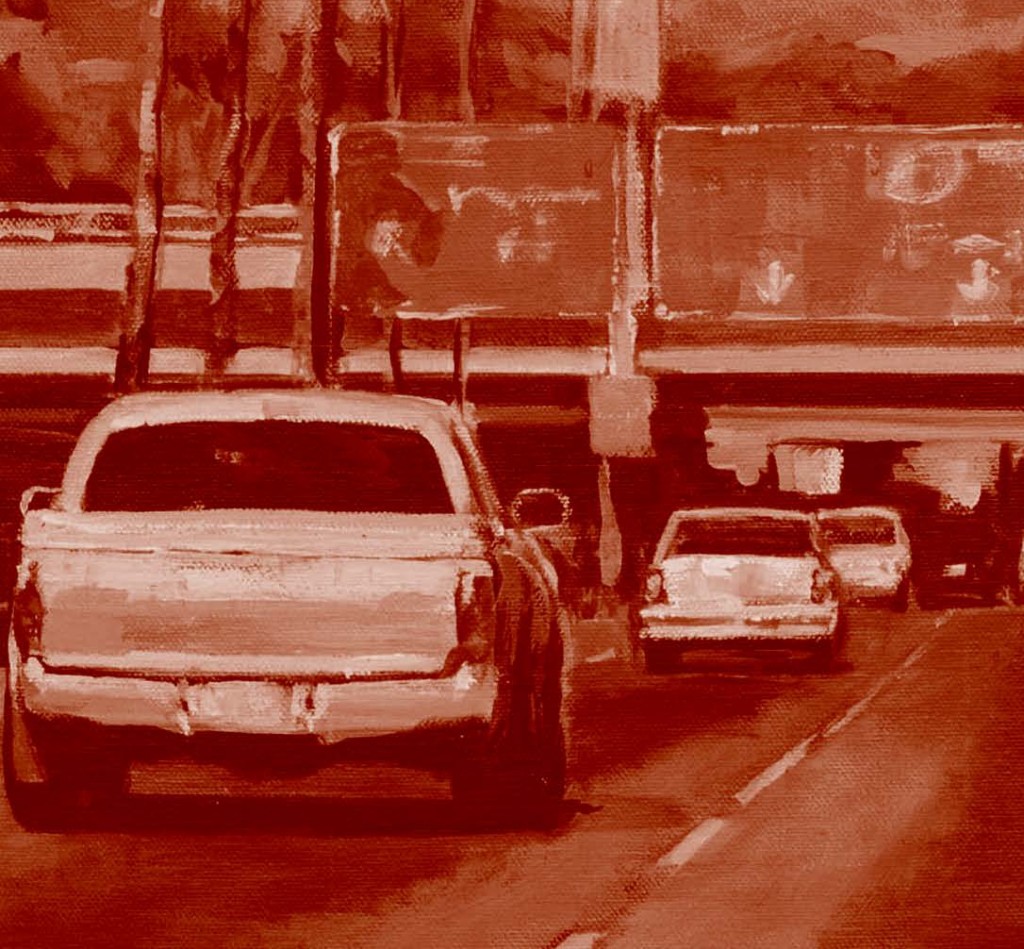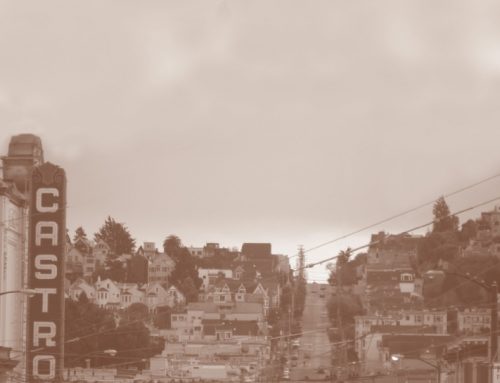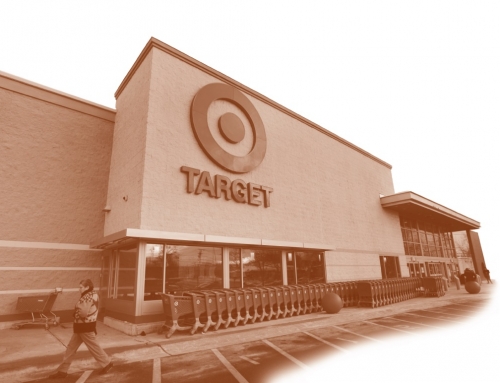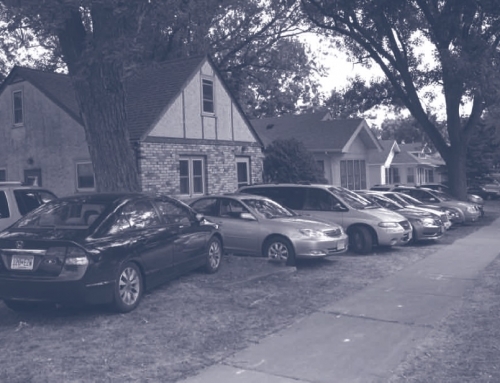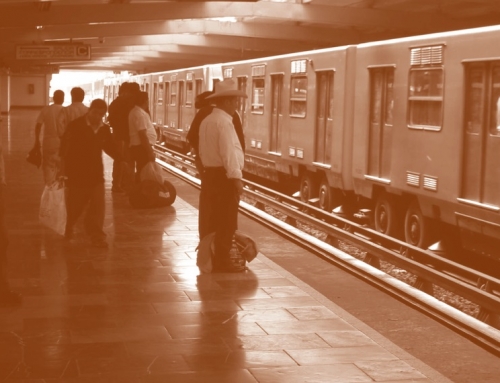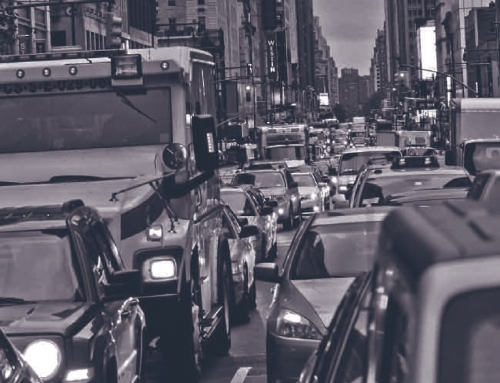When I used to think of people biking to work, I pictured sweaty MAMILs (middle-aged men in Lycra) on ultra-light road bikes—riders who finished the Tour de France and then changed for their morning staff meeting. The reality is that not many people who bicycle are professional cyclists. I certainly don’t have an ultra-light road bike and a closet filled with polyurethane fiber. I just have my trusty 15-year-old mountain bike, and a cotton shirt or two.
After experimenting with a month of commuting by public transit, however, I wanted to try another experiment: biking my thirteen-mile commute over the Santa Monica Mountains to UCLA. So one Monday morning, I put on a T-shirt, strapped on my backpack, and rode my bike to work.
The start of my journey was invigorating. It felt good to move with a purpose, and I felt more in control of my fate. Then I turned onto Sepulveda Boulevard.
This four-lane gauntlet is wider than some highways, extremely steep, and filled with traffic. Initially, the hills presented the biggest problem. I seemed to keep going up and up until I finally started walking my bike. Despite a fleeting pang of defeat, I was still moving faster than the people driving next to me.
At the road’s apex, I got back on my metal horse, passed through a tunnel, and entered the downhill slope of the adventure. I imagined that this section would be the easiest and most joyful part of the trip. As it turns out, it was the most terrifying. For much of Sepulveda, there is no clearly marked bike lane. In addition, the downward slope is where gridlock ends and the race to work begins. Drivers that were now free from traffic sped by me at 70 mph, completely unaware how easily their vehicle could injure, or even kill, a slow-moving man on a 15-year-old mountain bike. My ride didn’t feel like an experiment anymore; it felt like a suicide mission.
And that was the biggest deterrent for me riding into work again: safety. I can buy sweat resistant clothes and build up my muscles to take on the hills. I can even get an electric bike to help me climb the steeper slopes, but none of these amenities matter if I don’t feel safe during my ride.
What would happen if Los Angeles had a network of bike lanes separated from traffic? How many more people would bike rather than drive in this safe environment? This question brings to light the main theme of this issue of ACCESS: how our environment affects the way we travel.
In “The Social Context of Travel,” Michael Smart and Nicholas Klein explore how LGBT communities affect the travel patterns of gays and lesbians living within those communities.
In “The First Big-Box Store in Davis,” Susan Handy and fellow authors investigate how a new Target store has affected travel in a community that typically encourages small business development and environmentally-friendly transportation choices.
From parking on lawns to saving parking spaces with trash cans, Donald Shoup explores the informal parking markets of different cities in his piece, “Informal Parking: Turning Problems into Solutions.”
In “Suburban Transit in Mexico City,” Erick Guerra examines the effect of a new metro line on the travel patterns of suburban dwellers.
In “A Bathtub Model of Downtown Traffic Congestion,” Richard Arnott strives to find the optimal traffic density for maximum flow so we can all get to work on time.
And in the ACCESS Almanac, “Painting the Present, Imagining the Future,” Richard Willson shows us a different perspective on automobile driving through his own artwork.
We hope you enjoy this issue, however you travel.
John A. Mathews
Managing Editor

